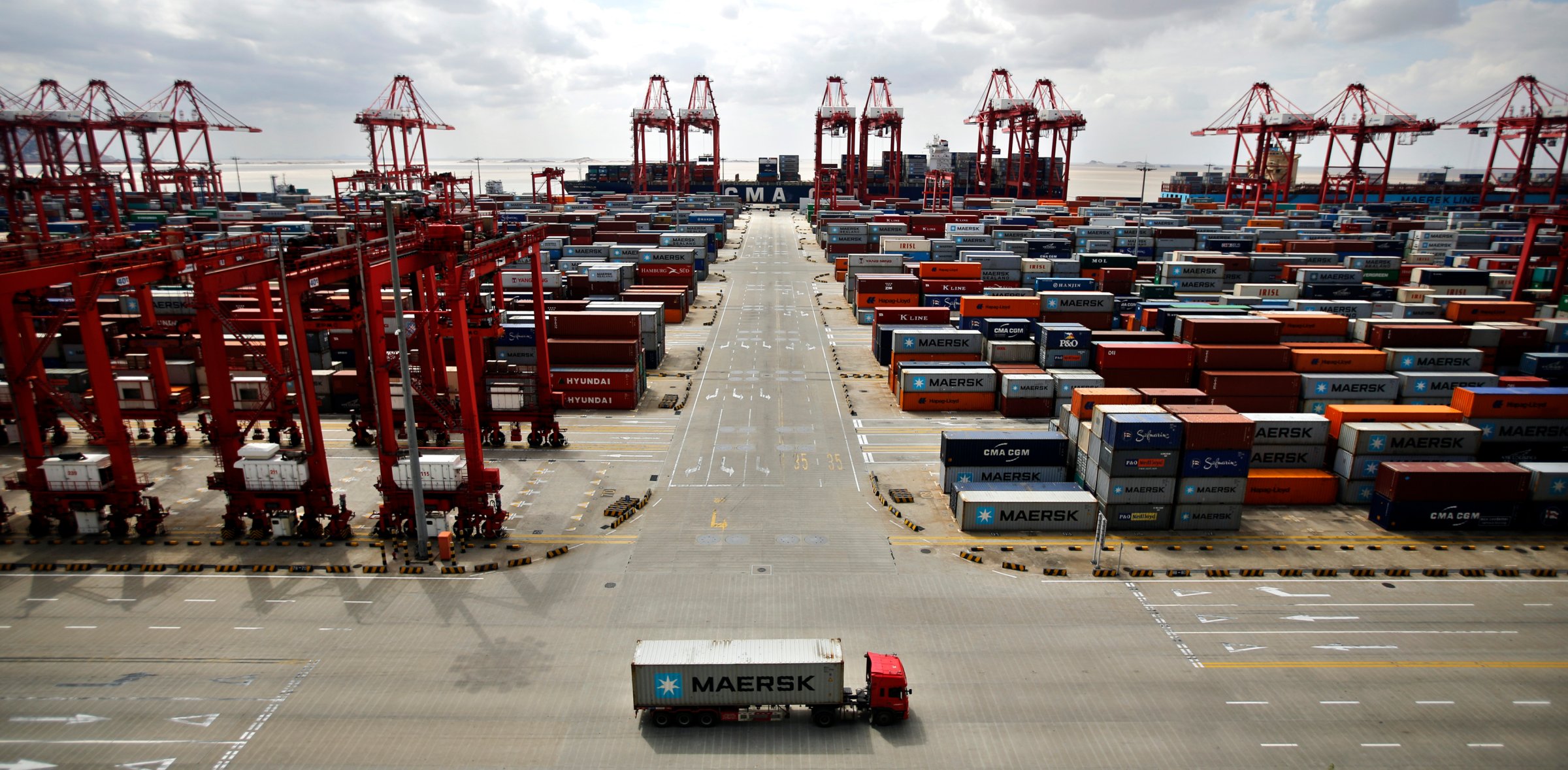
China announced its GDP figures for the second quarter on Wednesday and — surprise, surprise — they were better than expected. Growth clocked in at 7.5% — which just so happens to be the government’s official target. The statistics will likely give a boost to sentiment globally. Investors have been worried that a slowing China would hit the entire world economy. More buoyant Chinese growth will probably calm those jitters.
Yet China is also something of a puzzle. Somehow the economy continues to power through all sorts of issues that should be slowing it down. The all-important property sector, which accounts for some 16% of its GDP, is undergoing a major downturn. For most of the year, the government has tried to control dangerous levels of debt in the economy and clamp down on “shadow banking,” which encompasses alternative financial networks and lending practices. Tighter credit should translate into slower growth. Beijing is also supposedly on a mission to streamline bloated industries like steel by eliminating excess capacity, which, though healthy for the future prospects of the economy, should also act as a drag on short-term growth. So should President Xi Jinping’s ongoing anticorruption campaign, which in theory should be disrupting policymaking and creating uncertainty.
So how is China defying gravity once again? There is always the perennial suspicion that the numbers are inflated. Capital Economics looks at statistics that aren’t as easily manipulated as GDP, such as freight shipments and electricity output, to gauge the economy’s performance, and figures GDP has probably been expanding more like 6% in recent quarters. But economists are crediting the latest growth rate to government stimulus, carefully targeted at infrastructure and public housing, both investments the economy still needs.
This is a smart move. The Chinese government has ample ability to keep growth humming while it attempts to implement more substantial reforms. However, the reliance on stimulus also raises doubts about what might be ahead. Some economists see growth “bottoming out” and a revival continuing through the rest of the year. Others believe continued headwinds, especially the struggles of the property sector, are too strong for the government to counter — without even greater largesse. That might be on its way. New loans made in June were the highest in five years, according to research from Barclays, which suggests that the government is loosening up credit once again.
That begs the most important question facing China’s economy right now: Will Beijing sacrifice reform for growth? So far, China’s leaders have controlled their usual urge to pump up growth rates, an indication they realize the dangers lurking in the economy. Since the 2008 financial crisis, debt in China has risen to dizzying heights. A recent report from Standard & Poor’s calculated that China’s corporate sector has more debt outstanding than any other in the world. Combined with tremendous excess capacity, a risky increase in shadow banking and signs of a property bubble, the Chinese economy is rampant with problems that threaten its future. Some economists believe Beijing needs to address these ills and resist efforts to use credit and other stimulus to rev up growth — or else face a possible financial crisis.
Yet the reforms necessary to fix these problems are coming very slowly. Beijing has pledged to undertake a bold slate of measures — to liberalize interest rates and other prices, improve the performance of bloated state-owned enterprises, open protected markets to competition, strengthen the financial sector and allow private enterprise greater sway in the economy. All of these steps, if implemented, would make the Chinese economy healthier and more advanced. But so far, only the most minor of experiments have started, such as the approval of a handful of small private banks and the opening of a free-trade zone in Shanghai to tinker with more open capital flows. Even more, once the greater reforms fall into place (if they ever do), it could take years before they have an impact on the economy.
There are two ways of looking at what’s going on. One is that China’s policymakers are wisely going slow on potentially painful reforms while the economy works out some of its messiest problems in an environment of relatively stable growth. The other, less optimistic, view is that the problems rotting away at the Chinese economy are so complex and entrenched that policymakers are prioritizing continuing growth over tough reforms. In that scenario, China’s broken-down growth model will be kept alive with debt and government spending, while the fundamental change necessary to take China to the next level stalls.
I continue to be afraid of the latter. And with China the world’s second largest economy, we all should be too.
More Must-Reads From TIME
- The 100 Most Influential People of 2024
- The Revolution of Yulia Navalnaya
- 6 Compliments That Land Every Time
- What's the Deal With the Bitcoin Halving?
- If You're Dating Right Now , You're Brave: Column
- The AI That Could Heal a Divided Internet
- Fallout Is a Brilliant Model for the Future of Video Game Adaptations
- Want Weekly Recs on What to Watch, Read, and More? Sign Up for Worth Your Time
Contact us at letters@time.com